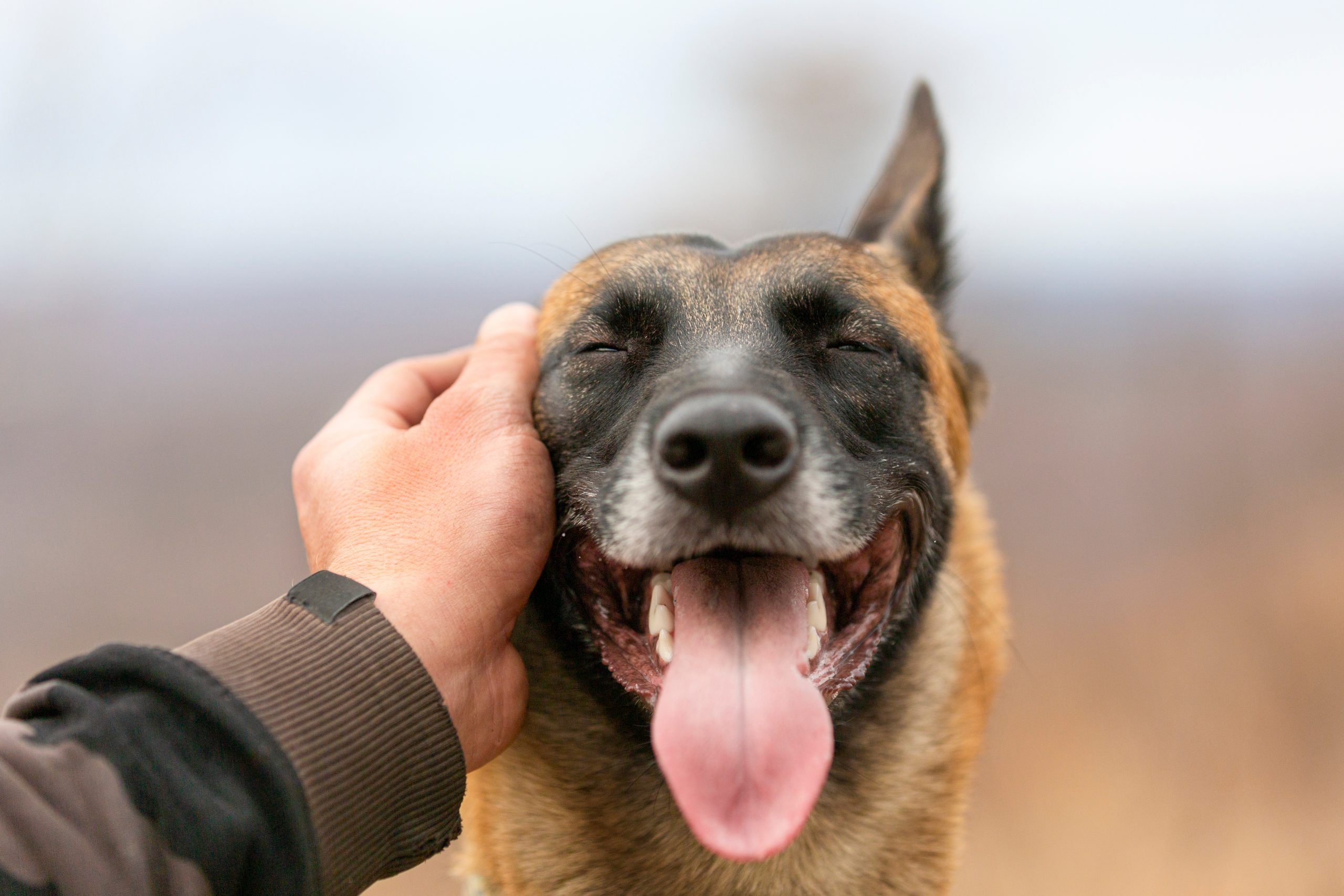Does my dog have cancer?

There are sadly many different forms of cancer that can affect dogs. Some are more serious than others, but cancer is still a huge health concern for many pet owners. If you think your dog might have cancer, it is always best to book an appointment with your vet. This article helps to explain about the many forms of cancer, what to look for, and how they might be treated.
What is cancer?
Cancer is when cells in the body begin to multiply uncontrollably, which in most cases causes tumours to be formed, which can cause damage to nearby structures. These abnormal cells can spread around the body, causing more widespread problems.
Tumours tend to be split into two types: malignant or benign. Malignant tumours grow quickly, spread around the body, and cause harm. These are sometimes called ‘cancerous tumours’. Benign lumps are slowly growing, don’t spread and don’t cause harm to the body. They are only a problem if they grow large enough to cause a physical problem for your dog.
Types of cancer
Some types of cancer can be seen or felt from the outside, such as skin cancers and mammary (breast) cancer. Others, such as intestinal or liver cancers, are found internally. Remember, even if you find a lump on your dog, not all are malignant.
Common cancers in dogs can affect the skin, immune system, intestines, liver, lungs, uterus, bladder, bone, mammary tissue and kidneys.
Signs and Symptoms
We all want our dogs to remain healthy and happy. But if there is something wrong, it is important to pick up on it quickly. Cancers can be difficult to spot, as the wide range of body systems affected mean that the symptoms of cancer can be very varied too.
Lumps and bumps appearing on your dog are guaranteed to cause worry, and these should always warrant a check over by a veterinary surgeon. Masses can be small or large, they can vary in size and colour and shape, and they can give off a discharge or smell. Any mass may be malignant, not only the large ones, so it is always worth getting some professional advice.
Cancers may not always be possible to spot from the outside. There may be a range of symptoms, but here are some common ones.
- Lethargy
- Change in appetite
- Weight loss
- Vomiting or diarrhoea
- Cough, or difficulty breathing
- Drinking more, urinating more
Diagnosing cancer
If you’re concerned about your canine friend, a trip to the vets for a check over and any tests that need to be done can put your mind an ease, or set in motion any treatment that needs to happen. There are various things that your vet might do.
- Take a full history and examine your dog – You might find some of the questions that your vet asks seem unrelated to the problem, but it’s important to answer as much as you can – your vet needs to know the ‘bigger picture’ to help make decisions.
- Take a sample – it is hard to decide whether a lump is cancerous just from looking at it. Your vet may wish to take a sample to send to a laboratory to examine under a microscope. This may be a quick sample with a needle, or they may wish to take a full biopsy, which usually requires sedation or an anaesthetic. Your vet will discuss all the options with you.
- Other tests – depending on your dog’s symptoms, age and examination, your vet may discuss with you about taking a blood or urine sample, or some x-rays or an ultrasound.
Treatment
If your dog receives a cancer diagnosis, you will understandably be worried and upset. Different cancers have very different outlooks for treatment options and survival times, so have a discussion with your vet about all the options. Your vet will understand if you need some time to process and think over the diagnosis and options before making any decisions, and will support you through this worrying time.
Depending on the type of cancer, as well as various other individual dog factors such as age, temperament and other illnesses, there are various treatment options available.
- Surgery
- Medications
- Chemotherapy
- Radiotherapy
Of course, some cancers can be completely cured. Others may be managed to extend the life of your dog and provide relief from symptoms.
Palliative care and saying goodbye
If your dog has a cancer which cannot be cured, or the treatment options have been exhausted, there are ways to help them feel more comfortable and maintain their quality of life. Palliative care often involves pain killers and other medications, as well as special home care and regular check-ups. The main aim is to control pain and any other symptoms for as long as possible.
You know your own dog best, and the time may come when you feel it is the right time to say goodbye to your furry friend. This is the hardest decision for any pet owner to face, and can be very emotional. Your vet is there to support you through any questions you may have, but ultimately you are the best judge of your dog’s quality of life. Putting an animal to sleep is the last act of kindness that you can give them in these circumstances.
If you have any concerns about your dog, please do contact your veterinary surgeon for an appointment.
Cloud 9
To ensure accuracy, a professional vet has reviewed and verified the information presented in this article. It is important to note that when it comes to making decisions about euthanasia for your pet, there are no easy answers. It is always recommended to seek advice from your own veterinarian before making any decision.


